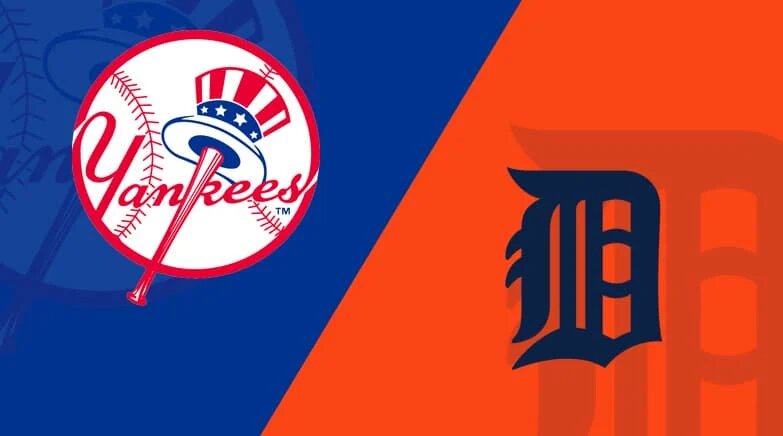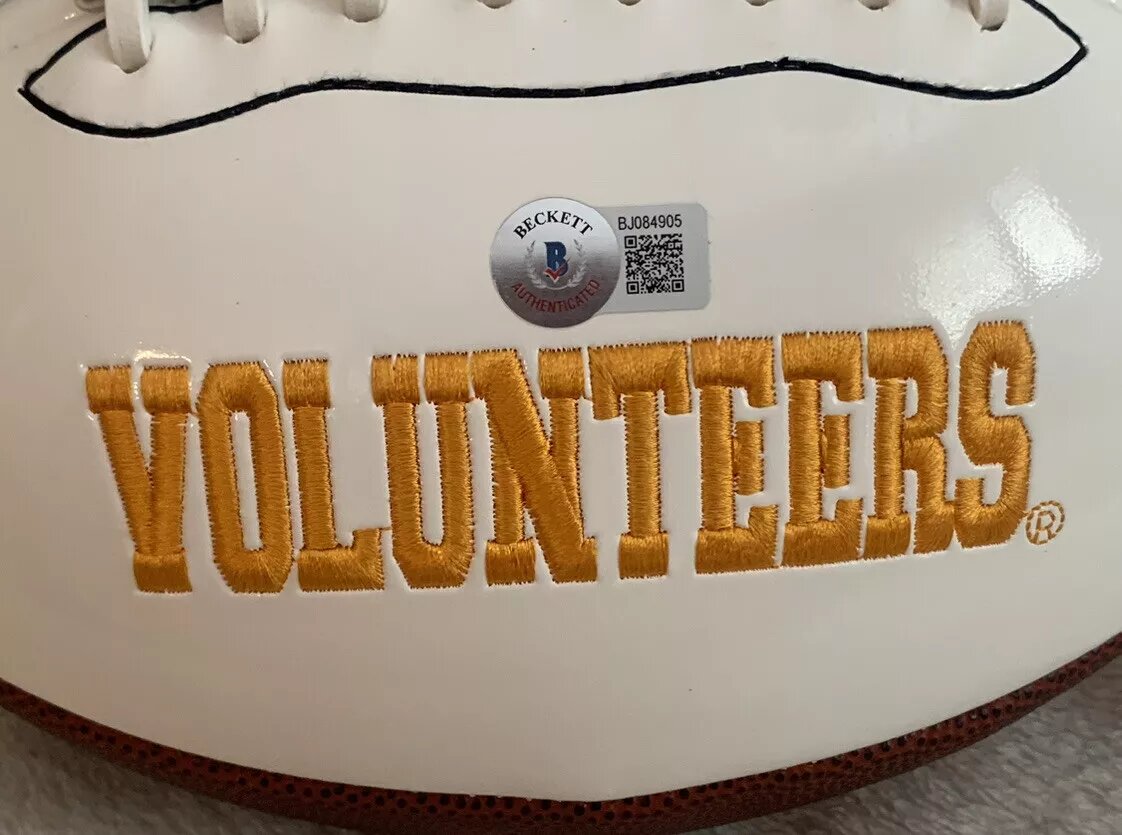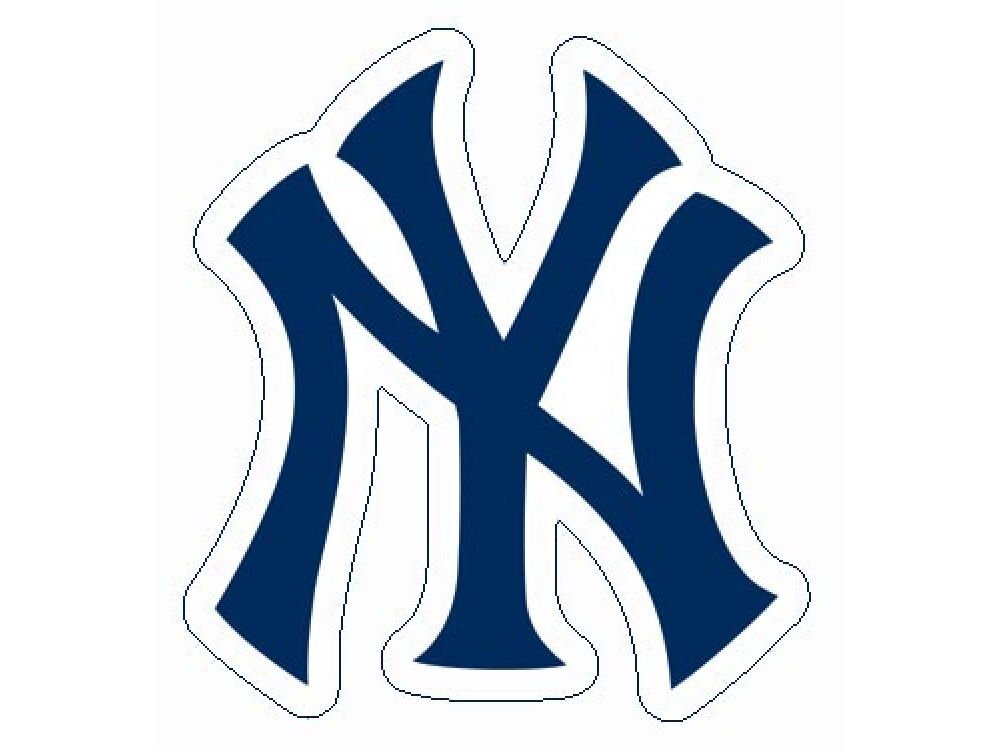Los Yankees nombran al prospecto número uno de los Detroit Tigers como un objetivo importante en la negociación, según ESPN.

The Yankees rotation is in dire need of improvement, and Flaherty would deliver it.
The Yankees had one of the finest starting rotations in baseball through the first two and a half months of the season, ranking first in ERA (2.77) and second in innings pitched (409). Since then, a plethora of metrics, such as ERA (7.04), FIP (5.78), home runs per nine (2.23), and fWAR (-0.4), have shown the rotation to be dead bottom by a wide margin.
The Yankees feel like they have a man short in the rotation with Gerrit Cole still working to get back to full strength after his injury, Carlos Rodón and Luis Gil being devoured by the regression monster, Nestor Cortes and Marcus Stroman having inconsistent outings, and Clarke Schmidt’s injury keeping him out of the lineup. Jack Flaherty of the Tigers is one of the best options to bolster the unit.
15 starts, 89 IP, 3.24 ERA (129 ERA+), 3.06 FIP, 2.33 xFIP, 33.0 percent K%, 4.0 percent BB%, and 2.1 fWAR are the statistics for 2024.
FanGraphs 2024 Depth Charts Forecasts for the remainder of the season: 13 starts, 71 IP, 3.86 ERA, 3.72 FIP, 25.9% K%, 7.8% BB%, and 1.1 fWAR
Contract Status: Signed a $14 million, one-year deal on December 20, 2023; after the 2024 season, became a free agent.
As one of the league’s most promising young starters, Flaherty started the 2019 season in St. Louis, going 11-8 in 33 starts over 196.1 innings with a 2.75 ERA (152 ERA+), 3.46 FIP, 231 strikeouts, and 4.7 fWAR. His final years with the Cardinals were difficult; they began with a well-publicized disagreement about arbitration figures, continued with a shoulder injury that kept him out of the field for a year and a half in 2021–2022, and ended with a trade deadline to the Orioles, where he pitched so badly that he was left out of the postseason rotation. During his first taste of free agency, those four lost years left Flaherty stranded, forcing the righty to accept a one-year pillow contract last winter.
With a success percentage in the 95th percentile in all three metrics—strikes, walks, and whiffs—Flaherty has done all in his power to regain his standing as one of the best starters in baseball. With a 2.33 xFIP that is lowest among his peers and a 3.06 FIP that ranks 12th among starting pitchers, there is strong evidence that these performances have longevity. He has set himself up to benefit a team that is in the running for a playoff spot in the latter stages of the season as well as to profit from a multi-year contract.
Pitching with the intention of hitting batters with strikes, Flaherty resembles a classic ace. You know you are on the right track when you rank among the top four starting pitchers in both career-best strikeout rate (33%) and walk rate (4%). The fact that batted-ball stats like exit velocity, launch angle, hard-hit rate, and barrel rate are all circling around their career norms suggests that Flaherty is just regaining his groove rather than approaching batters in a different way.
The restoration of Flaherty’s fastball velocity is the first step toward this newfound efficacy. This is the first time since 2021 that his four-seamer is averaging 94 mph. A common topic of discussion during the height of his problems in his last years in St. Louis was the fastball’s decreased velocity. His early 2023 start, with his four-seamer averaging 91.9 mph for the day and falling as low as 85.9 mph, accurately represented his problems. Flaherty responded snippily to the questions posed by the beat writers, and it felt like the beginning of the end for him as a Cardinal.
His four-seamer’s movement profile has returned, and that is just as crucial as its velocity. With the pitch, Flaherty is receiving almost two inches more induced vertical break than in the previous two seasons, returning to levels of rise seen in 2019. This increase is probably due to a spike in spin efficiency, or more accurately, truer backspin. The fastball is flying on a leveler plane and remaining above the barrel of the bat rather than going off plane and onto it.
There is always additional worry when a pitcher has such a history of injuries, and it should be noted that Flaherty had to miss two starts in June due to injections for a recurrent back problem. It’s also important to remember that just before the most recent missing start, Flaherty played against the poor, Mike Trout-less Angels and gave up five runs on seven hits (three home runs) in 5.2 innings, possibly his worst outing of the season.
The Tigers are one of the few teams that are sure sellers before the deadline, as my colleague Sam reported earlier this week. There will probably be competition for Flaherty’s services because he is one of two ace-caliber starters who are sure to be available in three weeks, along with fellow AL Central cellar-dweller Garrett Crochet. However, as a true rental, he won’t cost the farm, so the Yankees should be all over him. With so few projected sellers, this will likely drive up the cost of the resulting limited pool of available players. This is especially true for starting pitching.
The figures mentioned were correct as of July 10th, when play started.



